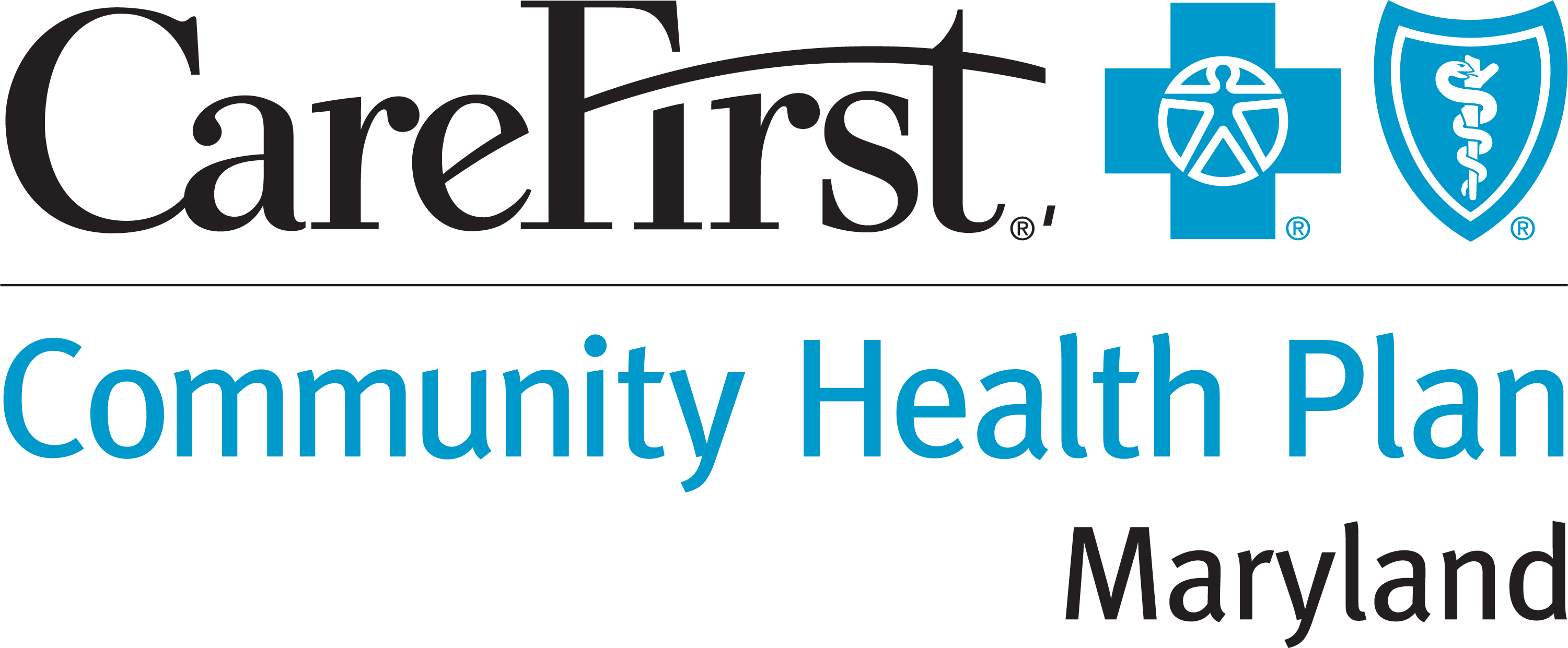Children's Health
Your child’s health is important!
Well-Child Checkups
You can ask questions about your child’s health. And, the doctor can:
- Give a blood lead test
- Give a physical exam
- Give any shots
- Talk to you about your child’s growth and development
- Talk to you about your child’s health history
- Use the Children and Teen BMI (Body Mass Index) Calculator
If you are a CareFirst Community Health Plan Maryland (CareFirst CHPMD) member and need help finding a doctor, making an appointment, or would like health education material, call us!
Monday – Friday | 8:00 AM – 5:00 PM
1-410-779-9369 or Toll-free 1-800-730-8530
TTY: 711
Click here to learn more about what you can expect at your child’s well-child checkup.
Lead
How are children exposed to lead?
Lead-based paint and lead contaminated dust are the most hazardous sources of lead for U.S. children. Lead-based paints were banned for use in housing in 1978. All houses built before 1978 are likely to contain some lead-based paint. However, it is the deterioration of this paint that causes a problem. Approximately 24 million housing units have deteriorated leaded paint and elevated levels of lead-contaminated house dust. More than 4 million of these dwellings are homes to one or more young children.
Who is at risk?
Children under the age of 6 years old are at risk because they are growing so rapidly and because they tend to put their hands or other objects, which may be contaminated with lead dust, into their mouths. Children living at or below the poverty line who live in older housing are at greatest risk. Additionally, children of some racial and ethnic groups and those living in older housing are disproportionately affected by lead.
What can be done to prevent exposure to lead?
It is important to determine the construction year of the house or the dwelling where your child spends a large amount of time (e.g., grandparents or daycare). In housing built before 1978, assume that the paint has lead unless tests show otherwise.
- Talk to your state or local health department about testing paint and dust from your home for lead.
- Close and lock doors to keep children away from chipping or peeling paint on walls.
- Regularly wash children’s hands and toys.
- Regularly wet-mop floors and wet-wipe window components.
- Take off shoes when entering the house to prevent bringing lead-contaminated soil in from outside.
- Stop children from playing in bare soil; if possible, provide them with sandboxes.
Source: Center for Disease Control and Prevention – Lead
Immunization Charts
It is always better to prevent a disease than to treat it after it occurs.
Diseases that used to be common in this country and around the world, including polio, measles, diphtheria, pertussis (whooping cough), rubella (German measles), mumps, tetanus, rotavirus and Haemophilus influenzae type b (Hib) can now be prevented by vaccination. Thanks to a vaccine, one of the most terrible diseases in history – smallpox – no longer exists outside the laboratory. Over the years vaccines have prevented countless cases of disease and saved millions of lives.
Immunity Protects us From Disease
Immunity is the body’s way of preventing disease. Children are born with an immune system composed of cells, glands, organs, and fluids located throughout the body. The immune system recognizes germs that enter the body as “foreign invaders” (called antigens) and produces proteins called antibodies to fight them.
The first time a child is infected with a specific antigen (say measles virus), the immune system produces antibodies designed to fight it. This takes time . . . usually the immune system can’t work fast enough to prevent the antigen from causing disease, so the child still gets sick. However, the immune system “remembers” that antigen. If it ever enters the body again, even after many years, the immune system can produce antibodies fast enough to keep it from causing disease a second time. This protection is called immunity.
Vaccines contain the same antigens (or parts of antigens) that cause diseases. For example, measles vaccine contains measles virus. But the antigens in vaccines are either killed, or weakened to the point that they don’t cause disease. However, they are strong enough to make the immune system produce antibodies that lead to immunity. In other words, a vaccine is a safer substitute for a child’s first exposure to a disease. The child gets protection without having to get sick. Through vaccination, children can develop immunity without suffering from the actual diseases that vaccines prevent.
Click below to see which immunizations your child needs.
0 – 6 years – English (Vaccine Schedule for Children 6 Years or Younger | CDC)
0 – 6 years – Spanish (Calendario de vacunación de niños en formato fácil de leer | CDC)
7 – 18 years – English (Vaccine Schedule for Children, 7 to 18 Years Old | CDC)
7 – 18 years – Spanish (Calendario de vacunación en formato fácil de leer de los 7 a los 18 años de edad | CDC)
Source: Center for Disease Control and Prevention – Vaccines and Immunizations
More Resources

